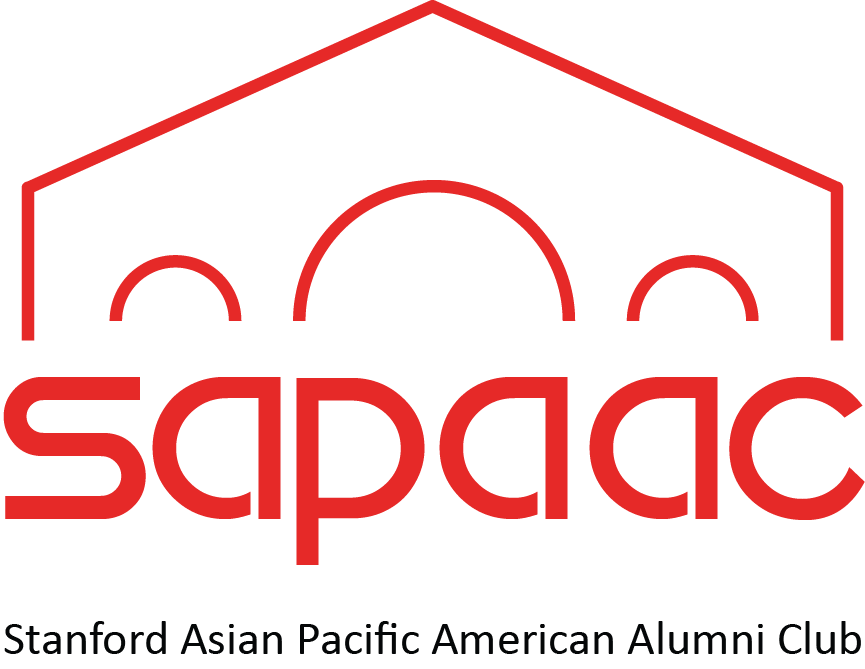This is a pivotal moment for Asian American studies. Calls for ethnic studies across the country recognize the urgency to reckon with U.S. racism—spotlighted by anti-Asian scapegoating and the movement for Black Lives Matter. In California alone, high schools, community colleges, and the state university system now all require ethnic studies for graduation.
For Stanford, the time is now to grow Asian American Studies.
The momentum for this has been in the making for already half a century, when Stanford students first petitioned for Asian American Studies. The original classes—student-led and outside of departmental affiliation—were taught in 1971, 1972, and 1974.
Dr. Mae Lee '92, MA '93
(Photo: Julius Paras '91)
Almost fifteen years later, when I entered as a frosh in 1988, students were still asking the university to establish an Asian American Studies program. I thought that was a good idea. Throughout K-12, I had never learned about the history, the communities, or the experiences of Asians in the U.S. I had never been asked by teachers to think about Asian Americans and the U.S. racial landscape. To me, all of this seemed worthwhile subject matter to study at Stanford. Other students thought so too.
In the spring of 1989, a series of meetings, press conferences, and public statements advocated for the hiring of a tenure-track Asian American Studies professor. On May 15, a multiracial coalition of student activists occupied the university president’s office to press for Asian American Studies along with a full-time dean for El Centro Chicano, and a discrimination grievance board. This direct action by students—from the Asian American Students Association, Black Student Union, MEChA, Stanford American Indian Organization, and the Committee on Democracy and Education—resulted in the hiring of two Asian American Studies professors in the spring of 1990. After continued student efforts, in 1996, Asian American Studies became a major as part of Comparative Studies in Race and Ethnicity.
As an eighteen-year old, I protested for Asian American Studies as a participant in the takeover of 1989. Today, I teach Asian American Studies at a community college. I see the transformative power of Asian American Studies every day. I have written in Stanford magazine about why an Asian Americanist sensibility matters in this historic moment and how Asian American Studies cultivates that perspective.
It’s 2021. Stanford’s Asian American Studies program has not kept up with the times. It has limited funding, a modest number of courses, and a short roster of tenured professors.
Stanford prides itself on its commitment to racial justice and its pre-eminence as an engaged intellectual community. Growing the Asian American Studies program affirms both.
Mae Lee, PhD
BA '92, MA '93
Chair, Asian American and Asian Studies, De Anza College
Inductee, Stanford Alumni Multicultural Hall of Fame, 2019

